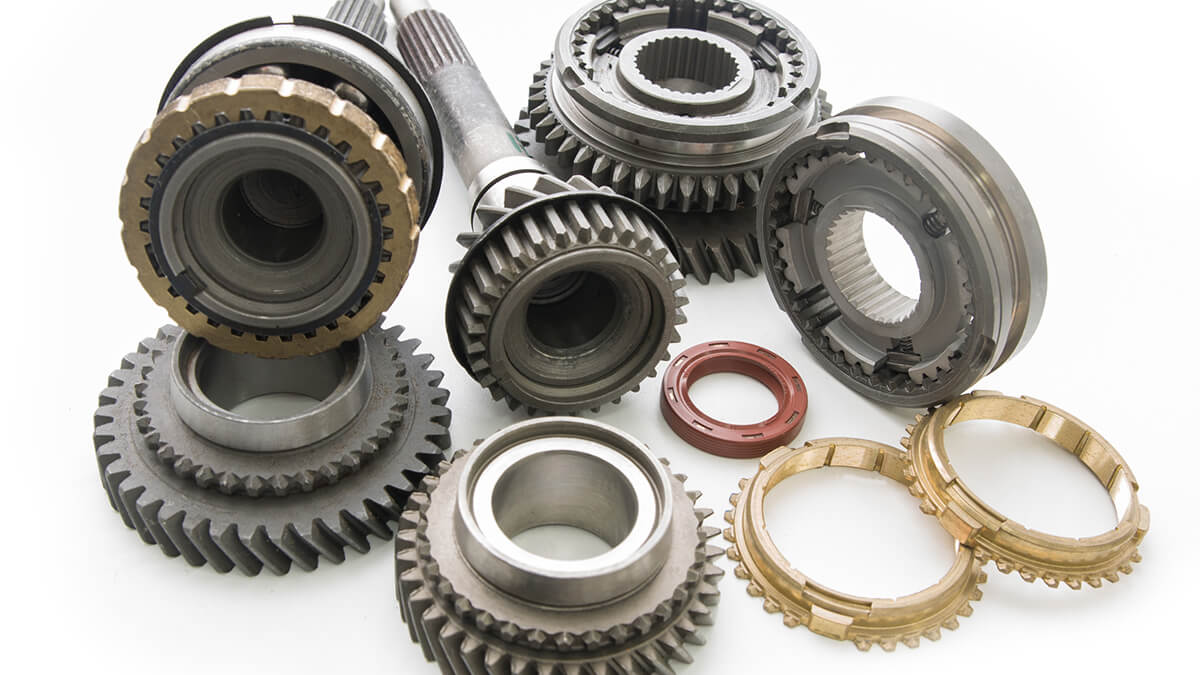Defects are bound to occur during the reprocessing of mechanical equipment or metal parts. As a result, the final step of surface treatment holds significant importance. It serves the dual purpose of enhancing the aesthetics and protecting the surface, ultimately improving the performance of metal components and preventing rust.
Why is Surface Treatment Necessary?
In our daily lives, precision parts play a crucial role, bringing convenience to both our personal and professional activities. Sometimes, when working with copper materials, we may notice that precision parts appear black after processing. What causes this, and how can it be addressed? Copper, being an active metal, readily undergoes chemical reactions in the presence of oxygen from the air. Most metals tend to turn black due to oxidation, resulting in the formation of copper oxide. The chemical reaction formula can be expressed as: 2Cu + O2 = 2CuO. In many instances, brass parts created as precision components have already oxidized and turned black before they reach the customer. This not only affects the quality and appearance but may also necessitate rework, thereby increasing costs.
Hence, when producing precision parts, it is imperative to consider the surface treatment passivation process. The underlying principle involves the application of a chemical conversion film to the surface. As it is a chemical conversion film, it remains unaffected by touch, preserving attributes like conductivity, weldability, and the workpiece's dimensions. Importantly, the hardness remains unaltered.
The Surface Treatment Process
The surface treatment procedure is as follows: Utilize a stainless steel container to contain the passivation solution, immerse the workpiece to be treated for approximately 5 minutes, remove the workpiece, rinse it with water, and allow it to dry. It's worth noting that prior to passivation, the workpiece must undergo pre-treatment to eliminate any surface oil stains or oxidation. Stains can be removed using a cleaning agent or a degreasing agent, followed by a thorough cleaning to prepare for passivation protection. If a higher level of brightness is desired for the parts, the surface can be polished using a polishing agent before proceeding. The polishing process requires no special equipment and can be performed directly by immersion.
Surface treatment is a deliberate process that imparts a surface layer onto the base material with mechanical, physical, and chemical properties distinct from the base. The primary objective of surface treatment is to fulfill specific product requirements, such as corrosion resistance, wear resistance, aesthetics, or other unique functional needs. For metal castings, common surface treatment methods include mechanical polishing, chemical treatments, surface heat treatments, and surface coatings. Surface treatment encompasses actions like cleaning, deburring, degreasing, and descaling the workpiece's surface.







.png)






